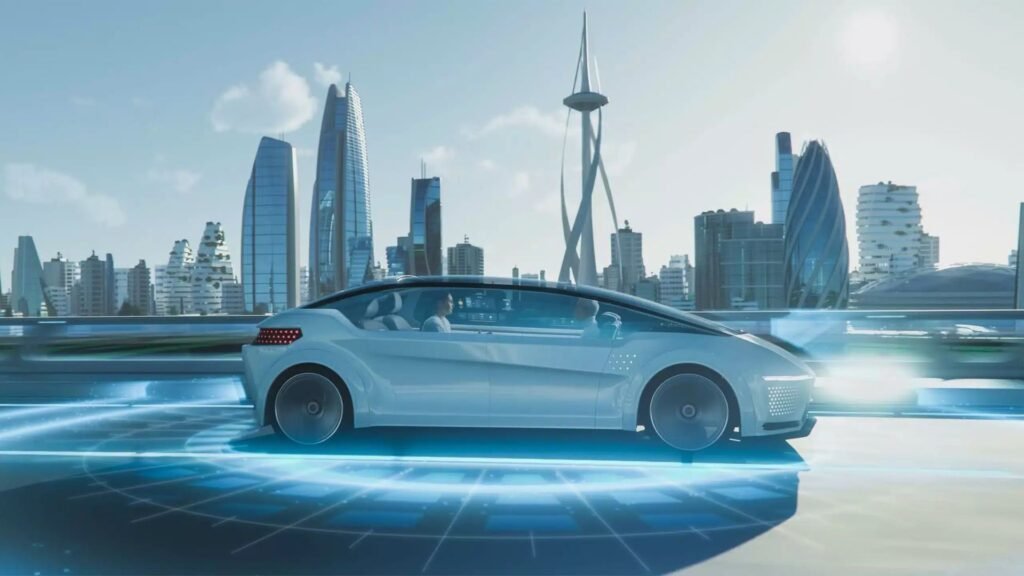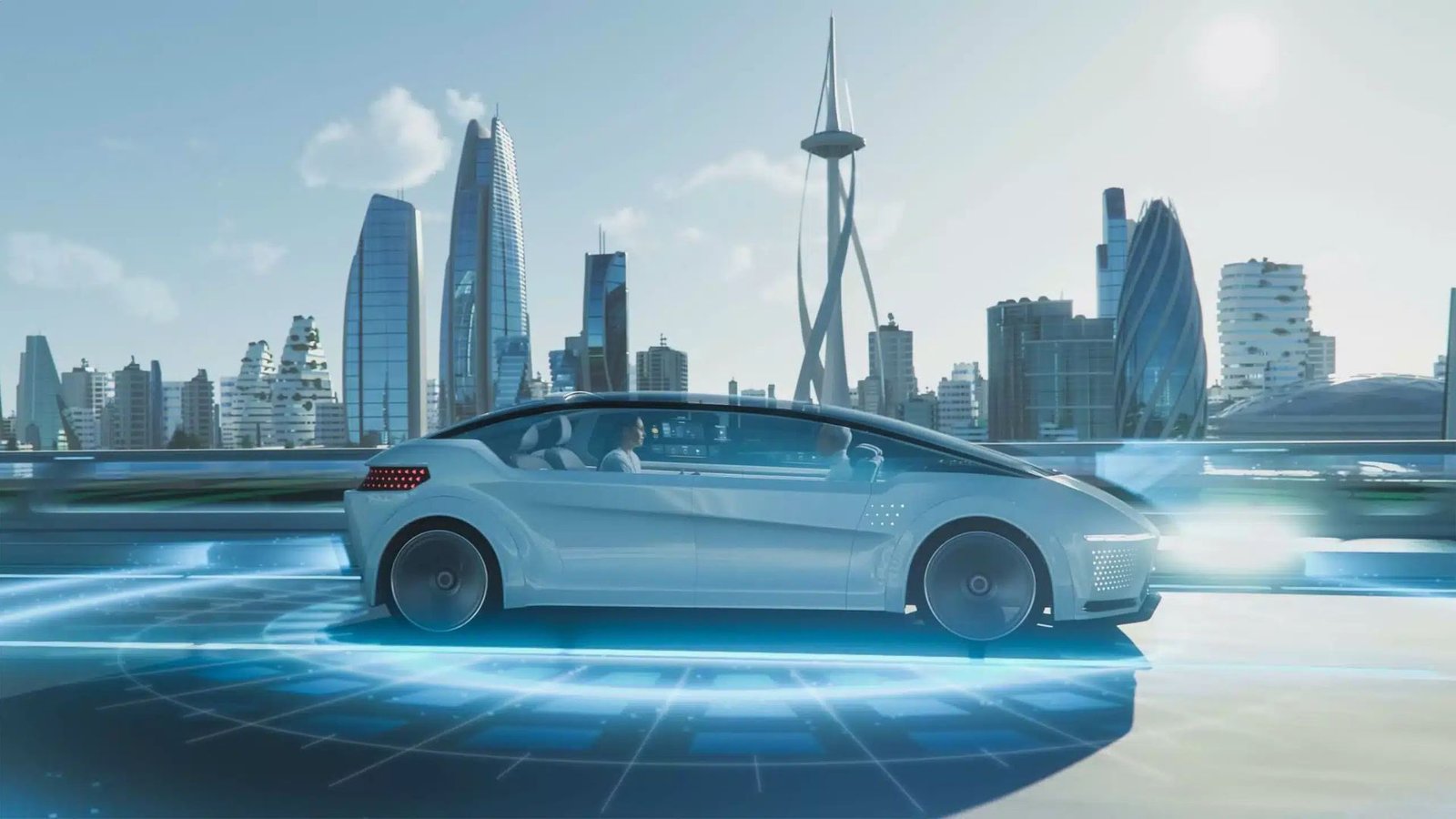Autonomous vehicles (AVs) are poised to revolutionize the transportation industry. These self-driving cars, powered by advanced technologies like artificial intelligence (AI) and machine learning, promise safer roads, reduced emissions, and a more efficient commuting experience. This article explores the advancements, challenges, and potential impacts of autonomous vehicles on our future.

What Are Autonomous Vehicles?
Autonomous vehicles are cars capable of navigating and driving without human intervention. Using a combination of sensors, cameras, radar, and AI, these vehicles can:
- Detect their surroundings.
- Make decisions in real time.
- Adapt to changing traffic and road conditions.
Key Technologies Behind Autonomous Vehicles
- Artificial Intelligence (AI): Enables decision-making and problem-solving.
- Machine Learning: Helps AVs improve their performance through data analysis.
- Lidar and Radar: Provide precise detection of objects and distances.
- Cameras and Sensors: Capture images and data for navigation and safety.
How Will Autonomous Vehicles Change Transportation?
1. Enhanced Road Safety
- Reduced human error, the leading cause of accidents.
- Consistent adherence to traffic laws.
- Faster reaction times in emergencies.
2. Improved Traffic Efficiency
- Real-time route optimization.
- Reduced congestion through vehicle-to-vehicle communication.
- Efficient fuel consumption due to smoother driving patterns.
3. Environmental Benefits
- Integration with electric vehicles to reduce emissions.
- Decreased energy use due to optimized driving routes.
Challenges Facing Autonomous Vehicles
1. Regulatory Hurdles
- Governments must establish standards for safety and liability.
- Variations in laws across regions can slow adoption.
2. Technological Barriers
- Ensuring AVs can handle extreme weather conditions.
- Improving cybersecurity to protect vehicles from hacking.
3. Public Acceptance
- Building trust in the safety and reliability of autonomous systems.
- Addressing concerns about job displacement in driving industries.
The Levels of Vehicle Autonomy
The Society of Automotive Engineers (SAE) defines six levels of vehicle automation:
- Level 0: No automation (driver controls everything).
- Level 1: Basic driver assistance (e.g., adaptive cruise control).
- Level 2: Partial automation with driver monitoring (e.g., Tesla’s Autopilot).
- Level 3: Conditional automation under specific conditions.
- Level 4: High automation in defined areas.
- Level 5: Full automation with no human intervention required.
The Economic Impact of Autonomous Vehicles
1. Job Market Disruption
- Potential loss of jobs in trucking, taxi, and delivery services.
- New opportunities in tech, data, and infrastructure development.
2. Cost Savings for Consumers
- Lower maintenance costs due to optimized driving.
- Fewer accidents leading to reduced insurance premiums.
3. Growth in Related Industries
- Expansion of AI and machine learning sectors.
- Increased demand for advanced sensor and communication technologies.
Ethical and Social Implications
1. Who Is Responsible in an Accident?
- Determining liability when a self-driving car is involved in a crash.
- Balancing ethical decision-making in unavoidable collisions.
2. Privacy Concerns
- Protecting user data collected by autonomous vehicles.
- Ensuring transparency in data usage policies.
3. Accessibility
- AVs can provide mobility for the elderly and disabled.
- Equitable access across socioeconomic groups must be prioritized.
Future Trends in Autonomous Vehicles
1. Integration with Smart Cities
- AVs will work seamlessly with smart traffic systems.
- Enhanced urban planning and reduced parking needs.
2. Rise of Autonomous Public Transport
- Self-driving buses and shuttles will offer efficient transit solutions.
- Improved accessibility in underserved areas.
3. Personalized Ride Experiences
- Customizable interiors tailored to passenger needs.
- Entertainment and productivity-focused features during commutes.
Conclusion
The future of autonomous vehicles is both exciting and transformative. While there are challenges to overcome, their potential to improve safety, efficiency, and sustainability is immense. As technology advances and public acceptance grows, autonomous vehicles will likely become a cornerstone of modern transportation.











